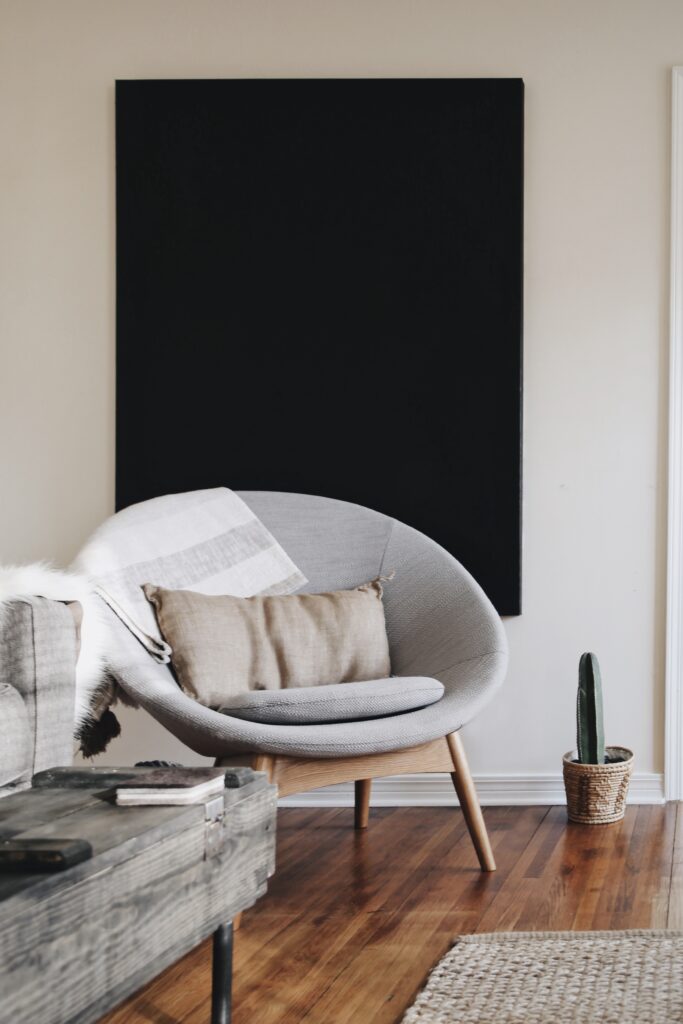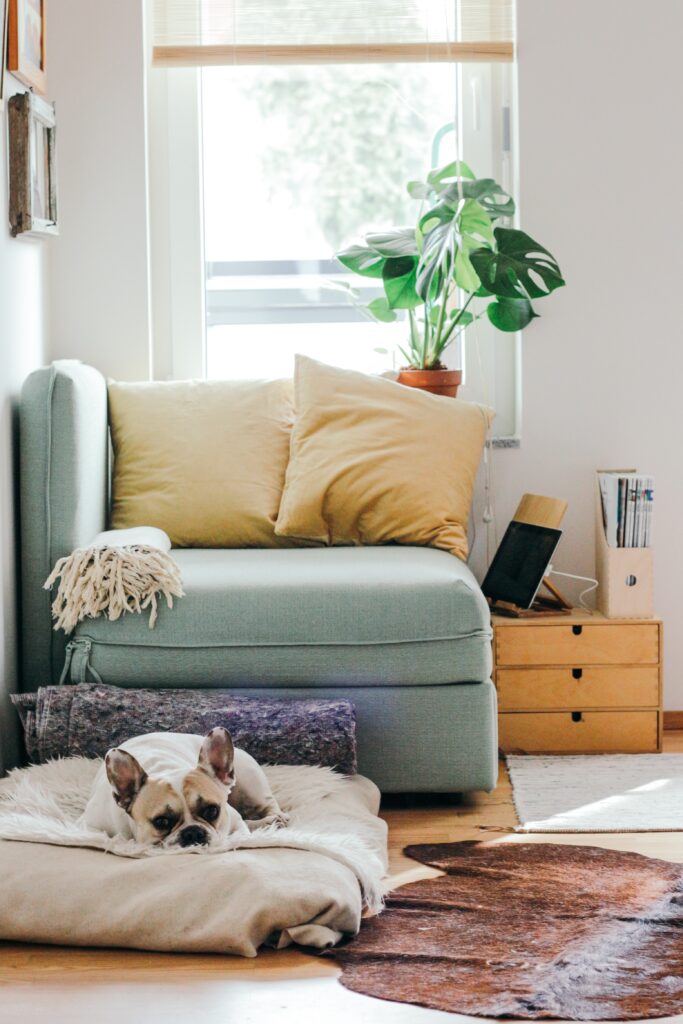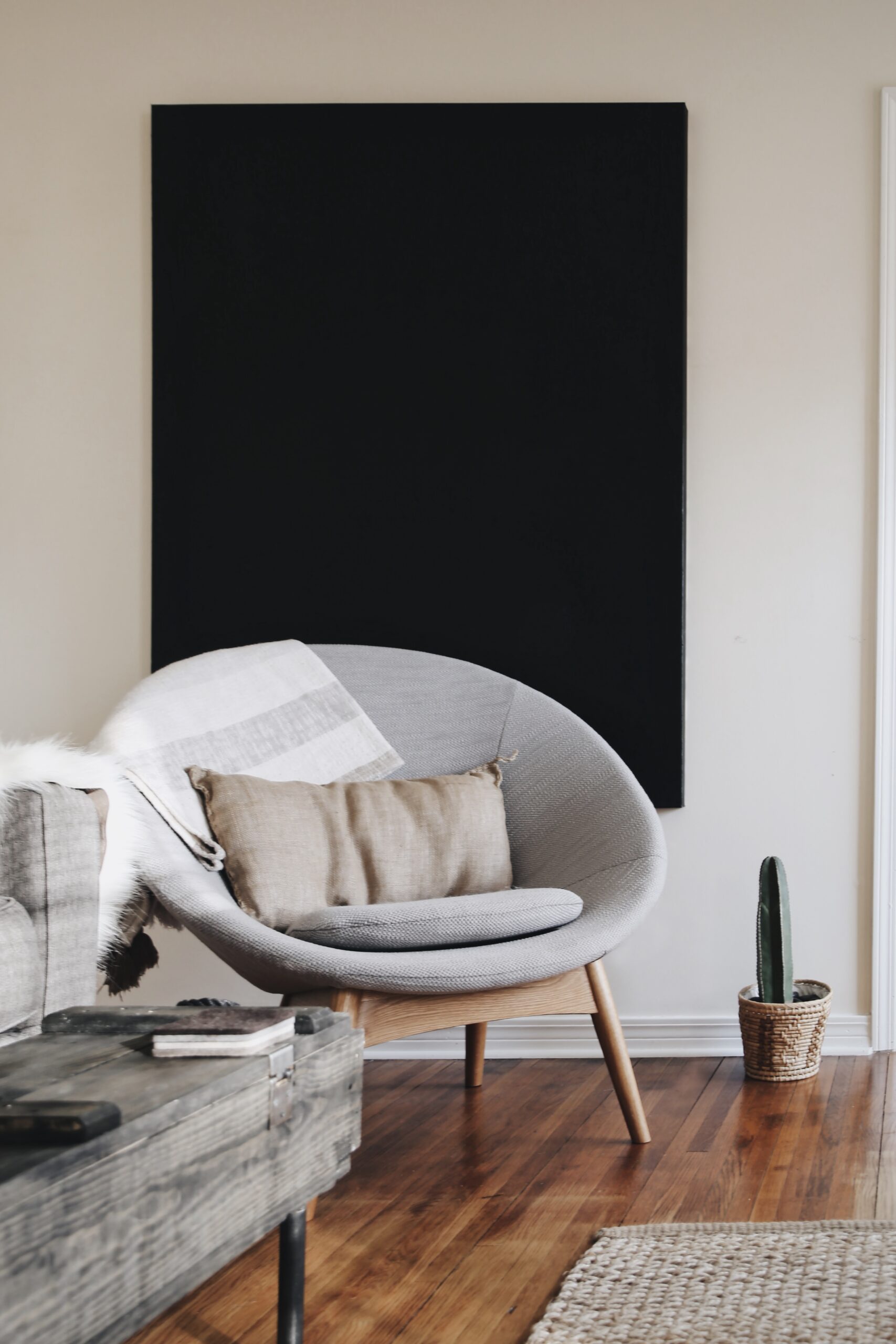Living in a rented apartment or as a tenant in a shared space often comes with limitations on what you can do with the property. However, when it comes to the security of your home, you don’t have to compromise. With the rise of smart home technology, there are now numerous options available that cater specifically to the needs of renters and apartment dwellers. These smart home security options provide peace of mind and convenience without the need for permanent installations or complicated setups. From smart doorbells to wireless security cameras, there is a wide range of options to choose from that allow you to protect your home and loved ones, no matter where you live.

Smart Locks
Overview of smart locks
Smart locks are an innovative and convenient option for enhancing home security, particularly for renters and apartment dwellers. These advanced locks offer a range of features that provide a higher level of control and accessibility compared to traditional locks. Whether you’re a renter looking for a way to secure your apartment without making permanent changes or an apartment dweller seeking a more convenient locking solution, smart locks can meet your needs.
Benefits of smart locks for renters and apartment dwellers
There are several advantages to using smart locks for renters and apartment dwellers. Firstly, smart locks offer keyless entry, eliminating the need for physical keys. This means you don’t have to worry about lost keys or the cost of replacing locks if your keys are stolen. Secondly, smart locks can be remotely controlled through a smartphone app, allowing you to lock or unlock your door from anywhere. This can be especially convenient if you frequently have guests, as you can provide them with temporary access codes that expire after their visit. Additionally, smart locks often come with built-in security features such as tamper detection and activity logs, which can provide you with peace of mind knowing that you can monitor who enters and leaves your home.
Types of smart locks available
There are various types of smart locks available on the market, each with its own features and installation requirements. One common type is the retrofit smart lock, which can be installed directly over your existing deadbolt. These retrofit locks are relatively easy to install and are a great option for renters or apartment dwellers who cannot make permanent changes to their doors. Another type is the replacement smart lock, which completely replaces your existing lockset. These locks often offer more advanced features and can be controlled through a smartphone app or integrated with other smart home devices. However, replacement locks may require professional installation or permission from your landlord.
Installation process for smart locks
The installation process for smart locks will vary depending on the type of lock you choose. Retrofit smart locks are generally easy to install and can often be completed without any tools. The lock is typically attached to the interior side of the door, while the exterior side remains unchanged. On the other hand, replacement smart locks may require a bit more effort and potentially professional installation. In some cases, you may need to remove your existing lock or handle and replace it with the smart lock mechanism. It’s important to carefully read and follow the manufacturer’s instructions to ensure a successful installation.
Compatibility with existing lock systems
One of the advantages of smart locks is that they can often work with existing lock systems, making them a practical choice for renters and apartment dwellers. Retrofit smart locks are designed to fit over your existing deadbolt, so compatibility shouldn’t be an issue. However, it’s always a good idea to check the compatibility requirements of the specific smart lock you’re considering to ensure it will work with your door. Replacement smart locks, on the other hand, may require more careful consideration. Some replacement locks are designed to fit standard door preparations, while others may require modifications or professional installation. Make sure to check with the manufacturer or consult a professional to ensure compatibility before purchasing a replacement smart lock.
Security Cameras
Importance of security cameras for renters and apartment dwellers
Security cameras play a crucial role in enhancing the safety and security of rental properties and apartments. They act as a deterrent to potential criminals, as the presence of cameras can make them think twice before attempting any illegal activities. Additionally, security cameras provide you with a valuable tool for monitoring your property, both indoors and outdoors, even when you’re not physically present. This can be particularly beneficial for renters or apartment dwellers who may be away from their homes for extended periods or travel frequently.
Types of security cameras suitable for rental properties
When it comes to security cameras for rental properties, there are a few options to consider. Firstly, there are wired cameras that require physical connections to power and a recording device. These cameras offer high-quality video and are generally more reliable. However, they may require professional installation, which may not be feasible for renters. Alternatively, wireless cameras are a popular choice as they can be easily installed and moved around without the need for extensive wiring. These cameras rely on batteries or solar power for operation. Additionally, there are also doorbell cameras that integrate with your existing doorbell system. These cameras provide both surveillance and the functionality of a video doorbell, allowing you to see and communicate with visitors remotely.
Indoor vs outdoor cameras
Both indoor and outdoor security cameras are important for ensuring comprehensive coverage of your rental property or apartment. Indoor cameras are particularly useful for monitoring the interior of your home, keeping an eye on valuable possessions, or checking in on pets or children. They can be placed in common areas, such as living rooms or kitchens, as well as in bedrooms or home offices. On the other hand, outdoor cameras are crucial for monitoring the perimeter of your property and detecting any suspicious activity. They can be strategically placed near entrances, driveways, or other vulnerable areas. It’s essential to choose cameras specifically designed for outdoor use, as they are built to withstand weather conditions and offer enhanced durability.
Installation options for security cameras
Installation options for security cameras will depend on the type of camera you choose. Wired cameras may require professional installation, as they involve running cables and making connections to a recording device. This option may not be ideal for renters or apartment dwellers who are unable to make permanent changes to the property. Wireless cameras, on the other hand, offer more flexibility and can often be installed easily by anyone. These cameras can be mounted on walls or other surfaces using adhesive mounts or screws. Doorbell cameras typically require a replacement of your existing doorbell, which may require a bit more effort or professional assistance.
Integration with smart home systems
One of the significant advantages of modern security cameras is their ability to integrate with smart home systems. This integration allows you to control and monitor your security cameras through a central hub or smartphone app. By connecting your security cameras to a smart home system, you can receive real-time alerts and notifications when activity is detected. You can also remotely access your camera feeds and review footage from anywhere, providing you with peace of mind and an additional layer of security control. Before purchasing security cameras, make sure to check their compatibility with popular smart home platforms to ensure a seamless integration experience.

Door and Window Sensors
Usefulness of door and window sensors for renters and apartment dwellers
Door and window sensors are an essential component of any home security system, offering an added layer of protection against break-ins or unauthorized entry. For renters and apartment dwellers, these sensors are particularly valuable, as they can be easily installed without causing any damage to the property. Door and window sensors provide an early warning system, allowing you to detect and respond to any unauthorized access attempts promptly.
Different types of door and window sensors
There are different types of door and window sensors available, each with its own method of operation. The most common type is the magnetic sensor, which consists of two components: a magnet and a sensor. When the door or window is closed, the magnet is in alignment with the sensor, creating a closed circuit. If the door or window is opened, the magnet moves away from the sensor, breaking the circuit and triggering an alarm or alert. Another type is the acoustic sensor, which uses sound waves to detect any intrusion attempts. These sensors are placed on the inside of doors and windows and can detect vibrations caused by forced entry. Finally, there are also optical sensors that use infrared technology to detect motion or the breaking of a light beam.
Installation process for sensors
The installation process for door and window sensors is typically straightforward and can be done by anyone, making them an ideal option for renters and apartment dwellers. Magnetic sensors typically come with adhesive backing, allowing you to easily stick them to the door frame or window frame. They should be placed in a way that ensures the magnet and sensor are aligned when the door or window is closed. Acoustic and optical sensors may require a bit more effort, as they may need to be mounted using screws or brackets. It’s important to carefully follow the manufacturer’s instructions to ensure proper installation and reliable operation.
Compatibility with existing security systems
Door and window sensors are designed to be compatible with most home security systems, whether they are professionally installed or DIY systems. These sensors typically operate on wireless protocols, such as Wi-Fi or Zigbee, allowing them to communicate with the security system’s control panel. Before purchasing sensors, it’s important to ensure they are compatible with your existing security system or that they can be easily integrated into the system you plan to use. This will help ensure a seamless and reliable security setup.
Smart sensor options
Smart door and window sensors offer enhanced functionality and connectivity compared to traditional sensors. These smart sensors can be connected to your smartphone or a central hub through wireless protocols, such as Bluetooth or Z-Wave. With smart sensors, you can receive real-time notifications on your phone or tablet when a door or window is opened or closed. You can also remotely monitor the status of your sensors and control other security devices connected to the same system. Smart door and window sensors are a convenient option for those wanting to enhance their security system’s capabilities and have a higher level of control and automation.











